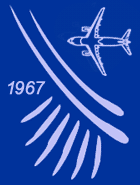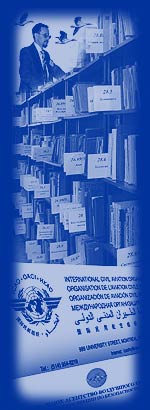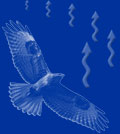1. Directions of the Bird Caused Danger Estimation
- development of a database of bird strikes and changes in the ornithological situation;
- systematical analysis of the database;
- identification of the remains of birds after strikes with aircrafts;
- execution of the eco-ornithological examination.
|
2. Directions of the Investigation and Data Keeping
- registration of all cases of bird strikes with aircrafts;
- investigation of the incidents and aircrashes involving birds;
- submission of reports on the incidents and aircrashes to the central aviation bodies.
|
3. Directions of the Ecological Improvements
- elimination of conditions attracting birds to the territory of airdrome: drainage of ponds and swamps, control over vegetation, disinfestations of the airfield, etc.;
- elimination of the nesting colonies as well as single nests;
- control over objects surrounding the airport in order to avoid appearance of sites attracting birds such as landfills, agricultural factories and warehouses, animal farms, etc.
|
4. Directions of Passive Airdrome Protection
- use of passive birds scaring devices, applying acoustic and optic effects;
- use of systems of mechanic protection such as nets, frame constructions, etc.;
- use of means allowing massive and individual catch of birds and releasing them on considerable distance from airdrome.
|
5. Directions of Operative Protection
- visual bird detection;
- bird detection by means of radar;
-transfer of information;
- use of active bird scaring means such as acoustic translations, gun shots, birds of prey, remote control models, laser devices, etc.;
- registration of ornithological situation;
- including information about ornithological conditions in pre-flight reports;
-temporary termination of flights.
|
6. Directions of Organizational Activities
- preparation and introduction of documents concerning provision of the ornithological safety (Instructions on the Ornithological Safety Provision or a special chapter in the Flight Rules, tenet on the creation of the Bird Control Group, job descriptions, etc.);
- elaboration of annual (or biennial) plan of ornithological safety provision activities (program of the wild control);
- establishment and work of the Airport Bird Strike Committee;
- production, selection and purchase and repair of the bird scaring devices and other technical equipment in use;
- periodic training sessions for the airport staff on the matter of the ornithological safety;
- optimization of incomes and expanses of the airport budget concerning needs of the ornithological safety provision;
- audit of ornithological provision of the airport and preparation of a written conclusion.
|





